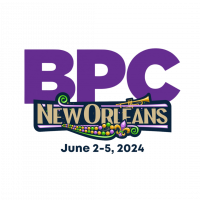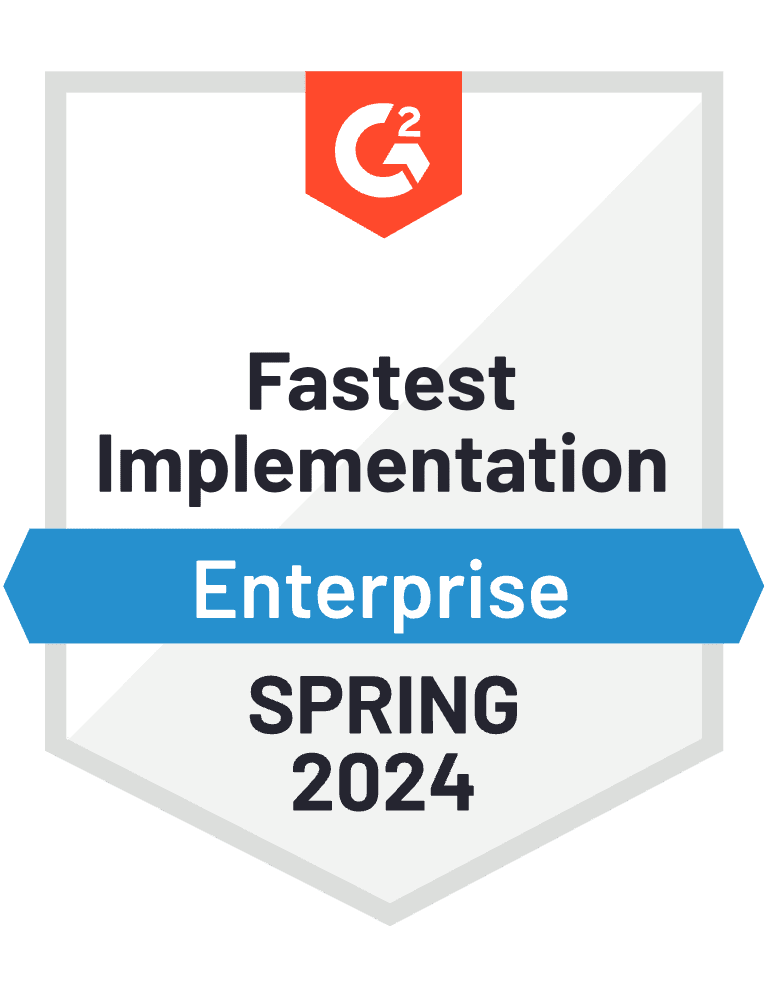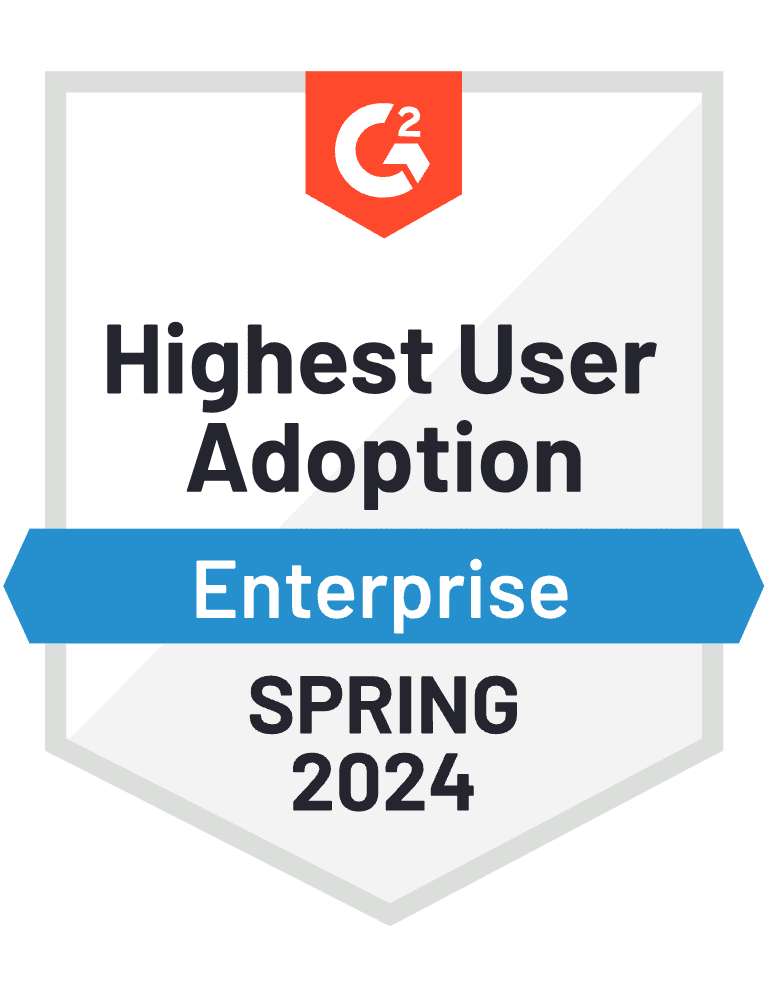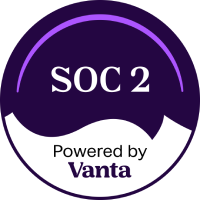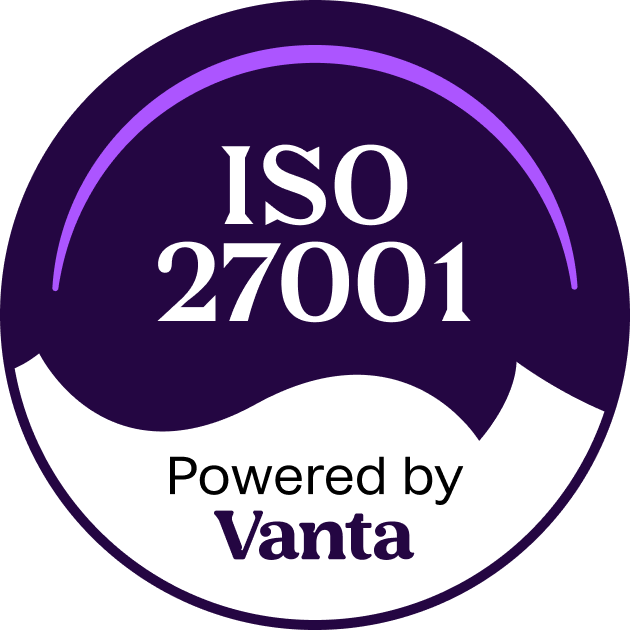An executive summary is the most important part of your RFP response. It grabs the prospective company’s attention by providing an overview of your organization and communicating your understanding of their pain points.
Your executive summary should engage the issuer within a few sentences, expressing the resources that are unique to your organization, in a clear, concise, and compelling way.
Read on to learn the details that make up an executive summary, why you should include an executive summary in your RFP response, how to write a compelling executive summary, and much more.
What is an Executive Summary?
As mentioned, an executive summary is the hook that pulls the issuer in to read through the entirety of your RFP response, which you have carefully crafted, so that your organization can be considered in the race to win the business.
Its contents directly address the prospect’s problems, and their desired outcome, as well as summarize how your organization can provide the best solution. This one-page, high-level overview of your response should be to the point and capture the most important and compelling information, with details on the following pages.
Why Write an Executive Summary?
Reading through an RFP response is a tedious yet vital part of a company’s process when looking for a new partner or supplier in the business. So, for the company’s stakeholders and decision-makers, to spend less time reading through 50-plus page responses to determine if a prospect will be a good fit, the executive summary is used to make that decision in mere minutes.
An executive summary is a crucial part of determining how far along your organization will get in the selection process. With that in mind, it is also the perfect place to differentiate your organization from your competitors by positioning yourself in the best possible light and expressing your understanding of the issuing company’s big-picture concerns and needs.
Who Writes the Executive Summary?
Like most parts of responding to an RFP, writing the executive summary is not a one-person job. Though it is generally led by the proposal manager, it is a team effort that involves a variety of colleagues, from the sales team to the senior executive and those in between.
Having the right proposal software with features dedicated to project management can put the organization at a huge advantage, especially the proposal manager when it comes to carrying out this vital task. Being able to build a repeatable process with custom due dates, assignments, and workflows for those involved can streamline the creation and approval process.
Here is an example of a standard creation and approval process writing an RFP executive summary should go through, along with the necessary persons and their responsibilities:
Standard Creation and Approval Process
- Proposal Manager: Begins the process by writing the first draft, providing clarification on the project, and involving the necessary team members
- Sales, Marketing, or Business Development Team: Reviews the first draft of the summary, ensuring that it aligns with the customer and project needs
- Subject Matter Experts (SMEs): Offers their expertise to the summary and verifies the accuracy of the information used
- Senior Executives: Conducts the final review of the messaging, signs and approves the final executive summary
When Should the Executive Summary be Written?
Sometimes, the executive summary falls victim to the rushed deadline that comes with issuing an RFP response. Various organizations will put off the summary until the very end of the process due to competing priorities or no one taking ownership. This can result in a loss of impact to your executive summary, or it not being completed and falling through the cracks altogether.
We suggest that you prioritize the executive summary as the first thing you write, or at least actively work on the executive summary as you write the rest of the RFP response. An executive summary should guide your proposal and shape the other sections in your response, not the other way around.
Given the importance of an executive summary, it deserves the proper time and attention, rather than it being an afterthought. By prioritizing the executive summary in your RFP process, you will build a foundation for the rest of your RFP response that will make it stronger in the long run.
How to Write a Good Executive Summary
Now that you know the who, what, why, and when to write an RFP executive summary, it is time to jump into the how!
Here are four ideas that you should always keep in mind when considering how to write an RFP executive summary:
- Center Your Message Around the Customer
The purpose of your summary is to make the issuer feel that their pain points/problems are being heard, understood, and able to be solved. You can earn the trust of the issuer by reassuring them that you understand their business and have expertise in their industry.
In taking this initiative, the issuer can begin to build confidence in your work ethic and attentiveness, which they will continue to experience if they choose your organization as a future business partner.
When you’re putting your executive summary together, be sure to know the answers to these questions about your issuing company:
- What trends or pressures are they facing in their industry?
- What specific pain points/problems stand in the way of the issuing company’s success?
- Are they currently working with one of your competitors and dissatisfied with the results?
- Leverage Your Content Library
Out of all the content that you can use in your executive summary, be careful to only incorporate that which showcases your most compelling differentiators, and is relevant to the needs and requirements of the issuing company. Being able to select the right content will set you apart from the competition, and provide proper support to your messaging.
⭐ Star-worthy advice: Avoid the use of blanket statements and false metrics that will discredit you in the long run!
Having the right proposal software assures you and your team, that your repository only contains accurate, up-to-date information to represent your organization in its current state. With capabilities such as, setting up custom attributes, attaching expiration dates to content, and assigning content out to SMEs, finding, and incorporating the right content can be done in a breeze.
- Make it Concise
Remember, your executive summary serves as just a high-level overview of your organization and its capabilities, with the details being laid out in the rest of your RFP response. So, use simple language and steer away from overused verbiage or technical lingo that only a select group of people will understand.
Again, your executive summary sets the stage for what the issuing company can expect from choosing your organization as a future business partner. In solving their pain points, you don’t want to be the reason that they develop another. Set the pace of the potential partnership on a positive, relatable, and professional note.
- Follow the Instructions
When it comes to your executive summary, you do not want to overdo it or underdo it. It’s important to pay attention to the issuing company’s expectations and keep your executive summary within their guidelines. This shows that you care about meeting their needs and expectations.
Following instructions at the beginning of your potential partnership indicates that you are respectful of their time and other priorities, which can be the reason why you stood out amongst your competitors, setting the tone for a better relationship in the long run.
It’s Time to Increase Your Win Rate!
The process of writing a standout RFP executive summary has many moving parts, which require collaboration with various teams, having an up-to-date content library, and much more. So, you need the right proposal software that can streamline your process and increase efficiency.
With the help of RocketDocs, you can possess all the software capabilities mentioned above and lead your team in crafting higher-quality responses. Schedule a free demo today and see how you can increase your winning potential.




